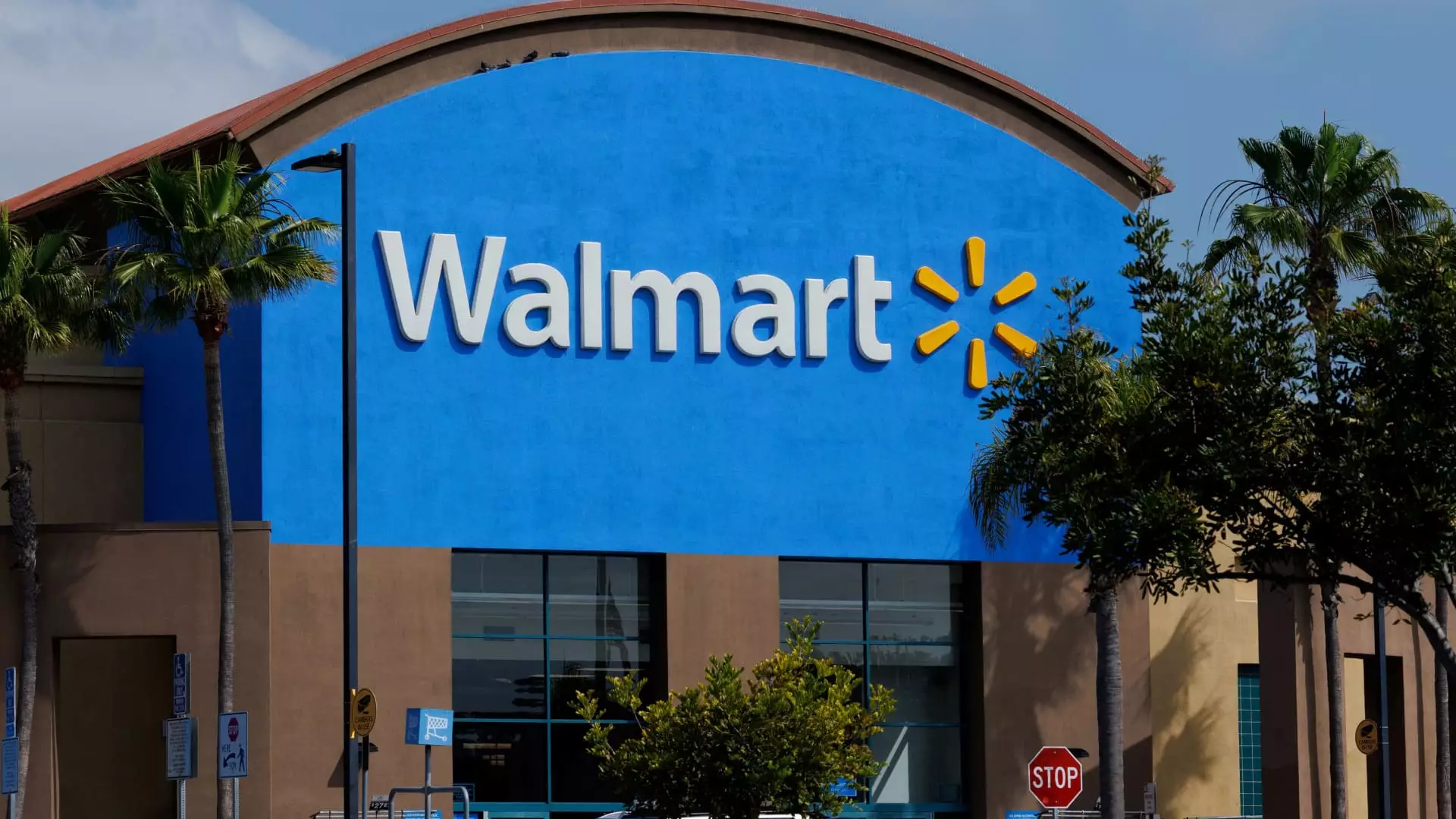In the tumultuous landscape of retail giants, 2025 has proven to be a year of stark contrasts. While some companies grapple with identity and strategy, others solidify their dominance through clarity and customer focus. Walmart exemplifies the latter, reinforcing its position as the undisputed leader, whereas Target appears to be adrift in a sea of ideological and strategic uncertainty. This divergence is not merely reflected in stock performance but signals underlying shifts in consumer loyalty and corporate vision that could reshape the retail ecosystem for years to come.
Target’s Identity Crisis: The Cost of Losing Focus
Once celebrated for its suburban appeal and consumer-friendly ambiance, Target is now embroiled in a turmoil of identity. The company’s efforts to rebrand itself amidst the cultural debates surrounding Diversity, Equity, and Inclusion (DEI) have backfired, alienating core customer bases on both ends of the political spectrum. This obsession with surface-level inclusivity has diluted its brand, leaving it ambiguous about who it truly serves. As Greene suggests, Target’s inability to define its purpose—whether as a family-friendly retailer or a socially conscious icon—has led to a significant decline in investor confidence and stock value. The recent 22% downtrend underscores a larger issue: without a coherent vision, even giants may falter.
Walmart’s Clear Path: Strategic Discipline in Action
In stark contrast, Walmart exemplifies the power of focused strategy and unwavering understanding of its market position. The retail titan has consistently prioritized affordability, convenience, and accessibility—traits that continue to resonate with a vast majority of Americans. During the back-to-school season, Walmart’s aggressive pricing strategy and widespread store network ensured it remained top of mind for consumers on a budget. The result is a robust performance in both sales and traffic, with an optimistic outlook for earnings reports in 2025. Walmart’s leadership in e-commerce growth further underscores its adaptability and understanding of current consumer trends, positioning it well for sustained dominance.
The Danger of Strategic Ambiguity in Retail
Target’s current predicament reveals the peril of losing strategic direction in a fast-evolving market. Once able to attract suburban moms eager for a quick, pleasant shopping experience, it now faces confusion that hampers its brand appeal. Consumer loyalty is fragile—shifting priorities, cultural debates, and perceptions of authenticity influence where customers choose to spend their dollars. For Target, the challenge isn’t just about improving sales metrics; it’s about rediscovering its core identity and messaging that resonates authentically in a polarized society. Without this clarity, the company risks further erosion of its market share and investor confidence.
Walmart’s Resilience: A Model of Commercial Pragmatism
Walmart’s success is rooted in its pragmatic approach—understanding which aspects of retail matter most to average Americans and doubling down on them. The company’s steadfast commitment to low prices, wide accessibility, and operational efficiency has created a moat that shields it from many competitors. Its ability to seamlessly integrate e-commerce into its brick-and-mortar foundation has added resilience, allowing it to adapt quickly to changing consumer habits. As Greene effectively describes, Walmart’s unwavering strategic focus positions it as the heavyweight champion in retail, leaving competitors like Target struggling to find their footing amid ideological crossfire.
The Implication for Investors and Market Dynamics
The contrast between Target and Walmart extends beyond mere stock performance—it reflects broader questions about corporate purpose, strategic discipline, and long-term sustainability. In a society increasingly driven by authenticity and consumer trust, retailers that can maintain clarity of vision will likely thrive. Investors are recognizing this, shifting their confidence towards companies that understand who their customers are and what they want. Walmart’s ability to steadily grow amid chaos offers a blueprint: clarity, core values, and relentless execution are the pillars of enduring success.
This ongoing divergence serves as a sobering lesson for the entire retail industry: in an era of rapid change and cultural flux, the most resilient brands are those that remember their roots and avoid ideological overreach that dilutes their brand essence. Walmart’s dominance isn’t accidental—it’s built on a foundation of strategic focus and deep understanding of its marketplace. Meanwhile, Target’s internal confusion and quest for ideological positioning threaten to overshadow its business fundamentals, ultimately risking long-term viability if it cannot reconcile its identity crisis.

